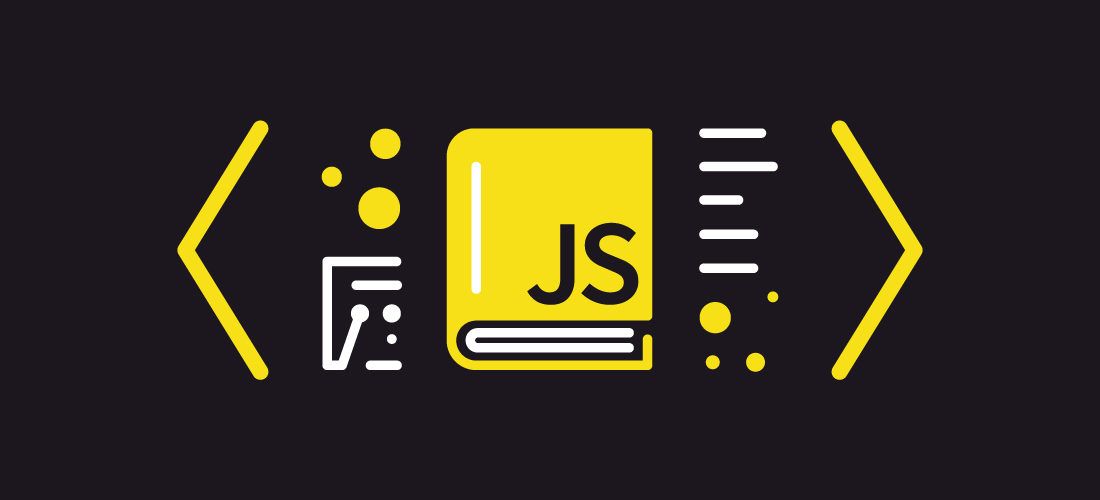
'this'
- 'this' 키워드는 코드 bit를 실행하는 객체를 말한다.
- 모든 javascript 함수는 실행 시 'this'라는 현재의 execution context(실행되는 맥락)를 참조한다. 단, arrow function의 경우 execution context가 없어서 'this'도 사용을 못한다.
- Execution context는 '어떻게 함수를 호출하는지'를 의미한다.
즉, 'this' 키워드는 함수 실행시 결정되므로, 'this'를 이해하기 위해서 함수가 언제, 어떻게, 어디서 호출되는지만 알면된다.
Default binding & implicit binding
Default binding :
this 의 기본값은 global 객체이며 브라우저의 경우에는 window 객체. Strict mode에서는 this 의 기본값은 undefined 이다.
Implicit binding :
객체 내에 method 호출로 객체 속성이 경우에는, 그 객체가 method의 this 객체 또는 execution context 객체가 된다.
function car() {
console.log(this.name);
}
let name = "bmw";
let obj1 = { name: "tesla" };
let obj2 = { name: "mercedes", };
car(); // "bmw"
obj1.car(); // "tesla"위 코드에서 car() 는 this.name 을 프린트한다. (현재 this(execution context)의 name 속성의 값을 프린트한다).
car()실행 시, this가 지정되지 않아서 기본값인 global context가 지정된다. 따라서 global context 에서let name = "bmw";변수가 존재함으로"bmw"를 프린트한다.obj1.car()의 경우,car()가obj1의 method 호출이 된다. Execution context가obj1이 되면서,this.name은obj1.name이 된다.
let obj1 = {
name: "tesla",
car: function() {
console.log(this.name);
}
}
let obj2 = { name: "mercedes", car: obj1.car };
let name = "bmw";
let car = obj1.car;
car(); // "bmw"
obj1.car(); // "tesla"
obj2.car(); // "mercedes"car()는 똑같이 default binding 적용하면서 전역 객체에 있는 name을 프린트한다.obj1.car()도 implicit binding을 적용하면서 obj1 객체에 있는 name을 프린트한다.- 다시 강조하자면 언제, 어떻게, 어디서 함수를 호출하는 점이 중요하다.
obj2객체에obj1.car가 선언 되어있지만 호출은 하지 않는다. 즉,obj2.car()의 경우에도 implicit binding을 적용하면서 obj2 객체에 있는 name을 프린트한다.
Explicit binding & fixed binding
Explicit binding :
call 그리고 apply method로 함수를 호출 할 경우, 첫번째 parameter(인자)로 받는 것을 execution context / this 로 binding 한다.
function car() {
console.log(this.name);
}
let name = "bmw";
let obj = { name: "tesla" }
car(); // "bmw"
car.call(obj); // "tesla"위 코드에서는 car 함수를 call() method로 호출하면서 obj 를 첫번째 인자로 넣으면 obj 가 this 객체에 할당되고 "tesla" 가 프린트된다. 즉, obj.name 이 프린트된든 것이다.
Fixed binding :
함수를 언제, 어떻게 호출하든 this 객체를 강제로 그대로 고정되게 할 수 있다.
function car() {
console.log(this.name);
}
let name = "bmw";
let obj1 = { name: "tesla" }
let obj2 = { name: "mercedes" }
let brandCar = car;
car = function() {
brandCar.call(obj1);
}
car(); // "tesla"
car.call(obj2); // "tesla"위 코드에서는, brandCar.call(obj1) 를 car 에 선언했기때문에 아무리 다른 값을 인자에 넣어도 car 를 호출하면 obj1.name 인, "tesla" 를 프린트 한다.
Javascript "new" keyword
-
생성자 호출은
new키워드를 이용하면서object.method()와 같이 객체 내에 메소드를 호출하는 방법과 비슷하다. 하지만new로 만들어진 객체는 instance 라고 부른다.instance.method()형태의 호출이다. -
함수 앞에
new키워드가 있으면 그 함수 호출은 constructor 호출로 변환된다. 새로운 객체가 생성 되면서 그 함수의 prototype 속성과 연결된다. -
함수 호출 context(맥락)에서 생성된 새로운 객체가
this가 bind 된다. -
만약 함수가 return 하는 것이 없으면 return 되는 것은
this가 bind된 객체가 된다.
function car() {
var name = "model S";
this.brand = "tesla";
console.log(`${this.name}, ${brand}`); // undefined, mercedes
}
var name = "S class";
var brand = "mercedes";
obj = new car();
console.log(obj.brand); // "tesla"위 코드에서는, car 함수가 new 키워드와 호출 되면서, car 함수가 return 하는 함수의 this 객체가 obj 에 할당된다 (obj = car 함수의 this). 따라서 console.log(obj.brand) 는 car 함수 안에 있는 this.brand 인 "tesla"를 프린트한다.
또한 this.brand 와 brand 변수가 서로 다른 것 처럼 this.name 과 그냥 name 변수는 서로 다른 것이다. this.name 은 선언된 적이 없으므로 undefined 가 된다.
